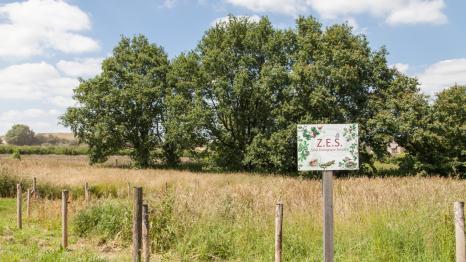of separate collection waste
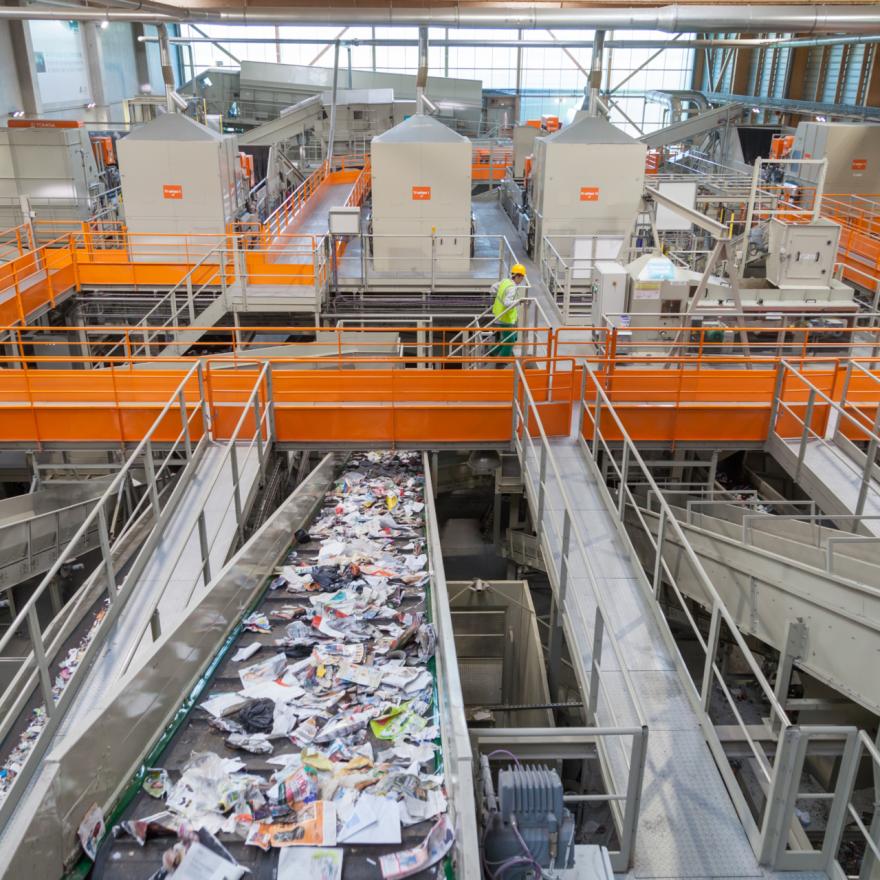
Extracting secondary raw materials
Our latest-generation sorting center enables us to respond to and support local authorities' proactive approach to waste prevention and recovery.
By opening a sorting center in 1997, Séché Éco-Industries provided the region with the technical solution for managing this packaging waste.
Packaging waste, whether produced by households or by economic activity
economic activity, contain resources that the site recovers for reuse
so that they can be reused instead of raw materials: they become
secondary raw materials, which are then sent for recycling.
Once sorted, the materials are baled and transported to the recyclers.
Elements with high energy potential are extracted from the sorting rejects and used to produce Solid Recovered Fuel (SRF).
CSR is used at the Environment Division in a specially adapted boiler furnace to produce a new energy resource.
Key figures
of separate collection waste
Mechanization of sorting operations
How does the sorting center work?
The Tromel
The Trommel is a cylindrical-shaped sieve that sorts waste according to size thanks to a rotating system.
The Trommel is a cylindrical-shaped sieve that sorts waste according to size thanks to a rotating system.
The handles
Installed at the beginning of the line, the Griffe performs continuous separation of flexible films, plastic bags and other objects presenting a risk of snagging.
Installed at the beginning of the line, the Griffe performs continuous separation of flexible films, plastic bags and other objects presenting a risk of snagging.
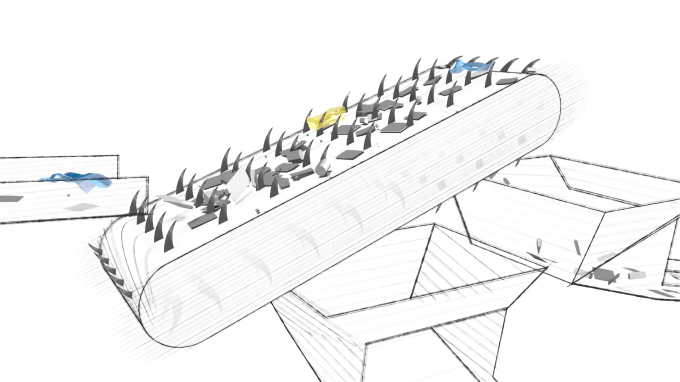
The screen
The screen sorts mixed waste into three different fractions. Light, flat bodies such as film or packaging end up in the upper part of the separator. Heavy, three-dimensional waste rolls to the bottom of the machine. The smallest pieces of waste are screened by the separator's grids.
The screen sorts mixed waste into three different fractions. Light, flat bodies such as film or packaging end up in the upper part of the separator. Heavy, three-dimensional waste rolls to the bottom of the machine. The smallest pieces of waste are screened by the separator's grids.
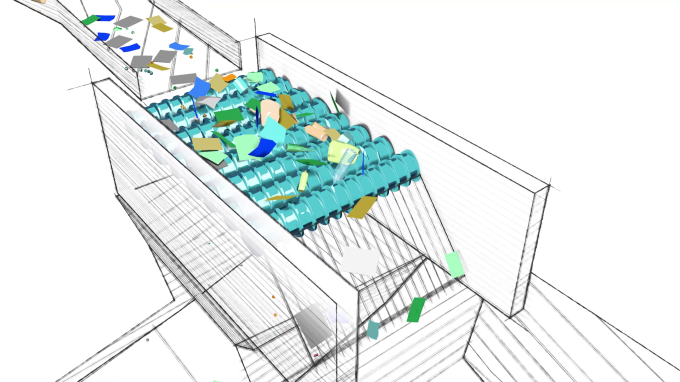
Overband
The overband is placed on top of a conveyor and is used to carry ferrous particles away from the conveying line. Under the effect of magnetic attraction, the ferrous bodies are attracted and separated from the bulk
The overband is placed on top of a conveyor and is used to carry ferrous particles away from the conveying line. Under the effect of magnetic attraction, the ferrous bodies are attracted and separated from the bulk
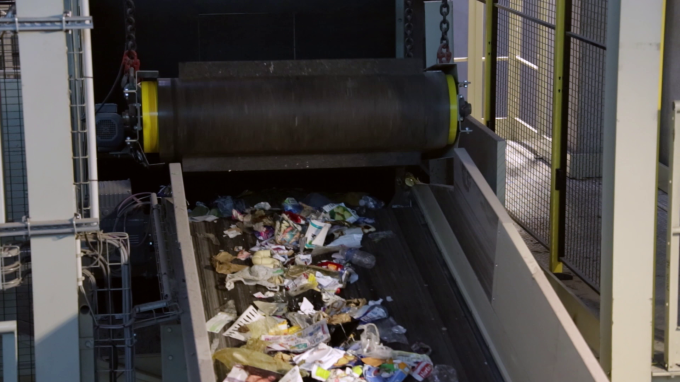
Optical sorting
Thanks to visual and spectrometric recognition (shape/color), waste is directed onto the right belt according to the force of the compressed air jet.
Thanks to visual and spectrometric recognition (shape/color), waste is directed onto the right belt according to the force of the compressed air jet.
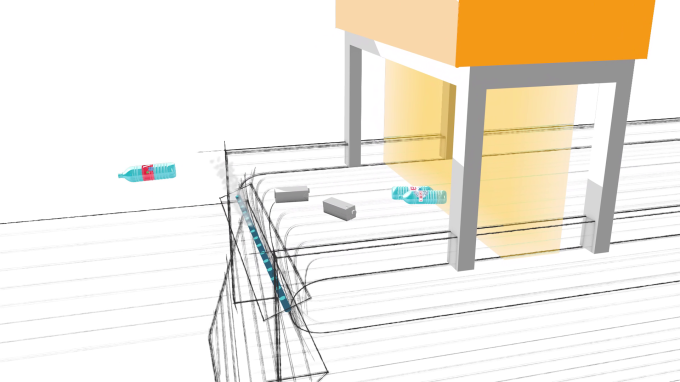
Eddy current
This device separates non-ferrous metal packaging (aluminum, zinc, copper...) from other packaging, including ferromagnetic packaging.
This device separates non-ferrous metal packaging (aluminum, zinc, copper...) from other packaging, including ferromagnetic packaging.
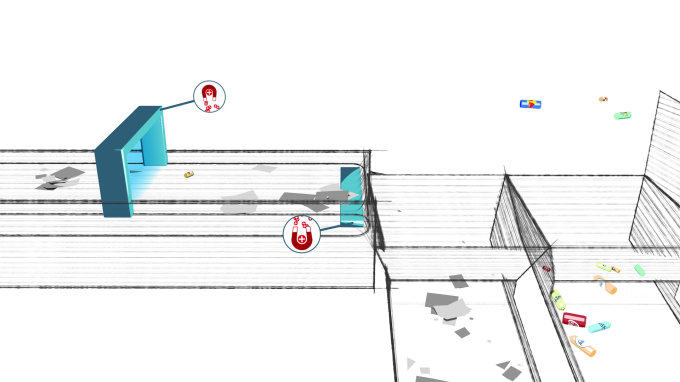
Sorting operators
The last essential link in the sorting chain, operators check the work of the machines and carry out quality control. There's no substitute for the human hand when it comes to removing intruders
The last essential link in the sorting chain, operators check the work of the machines and carry out quality control. There's no substitute for the human hand when it comes to removing intruders
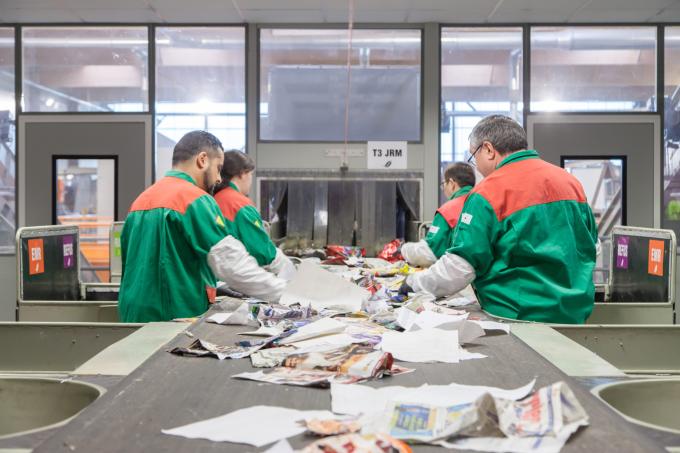
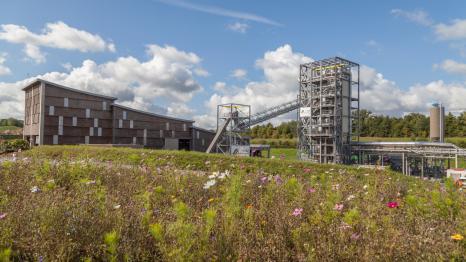
Energy production
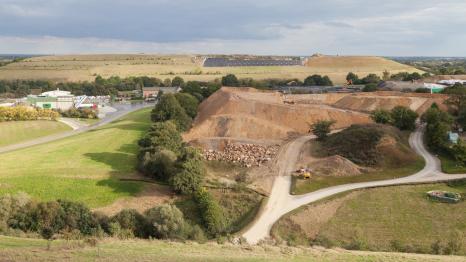
Landfill
